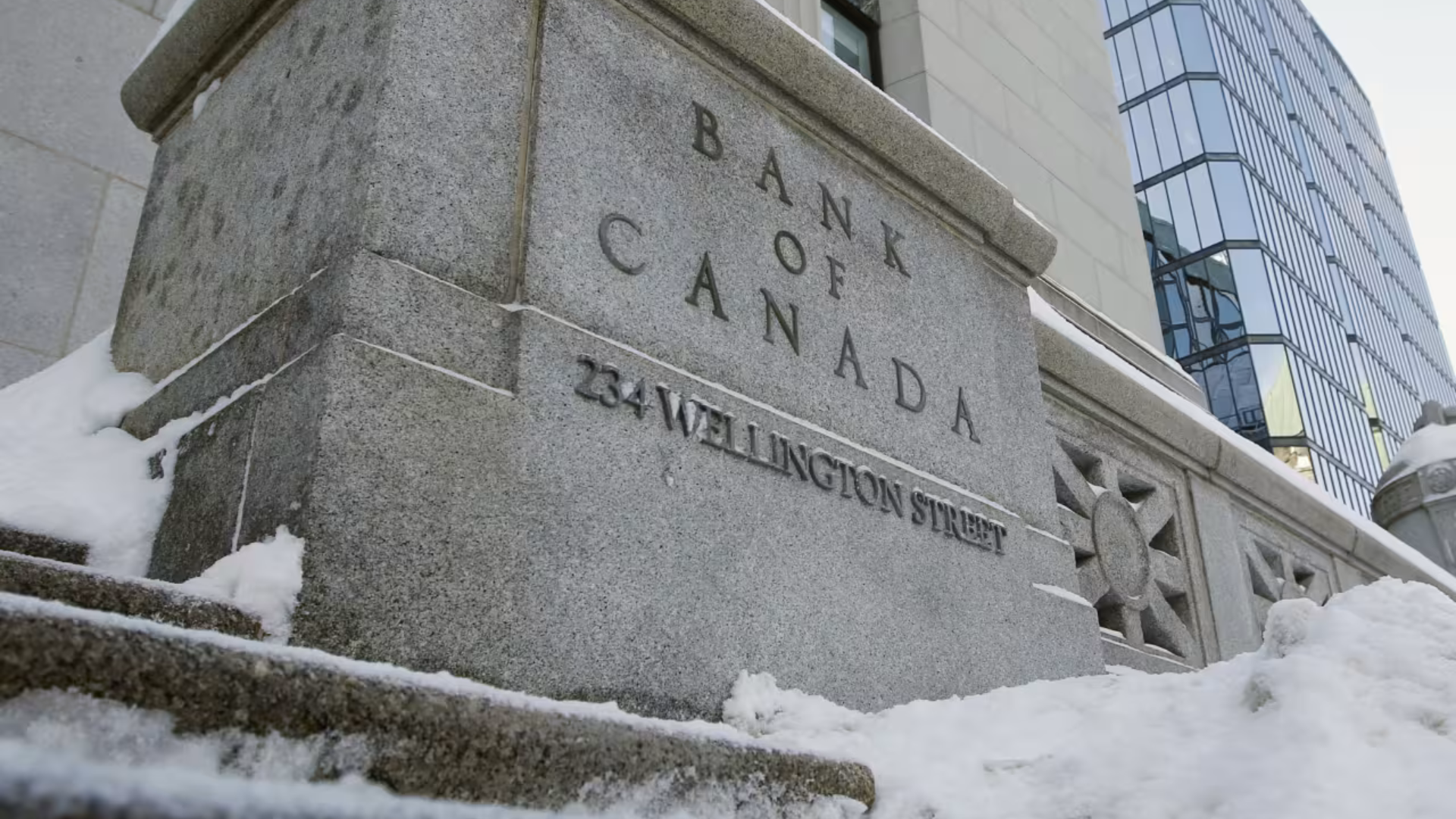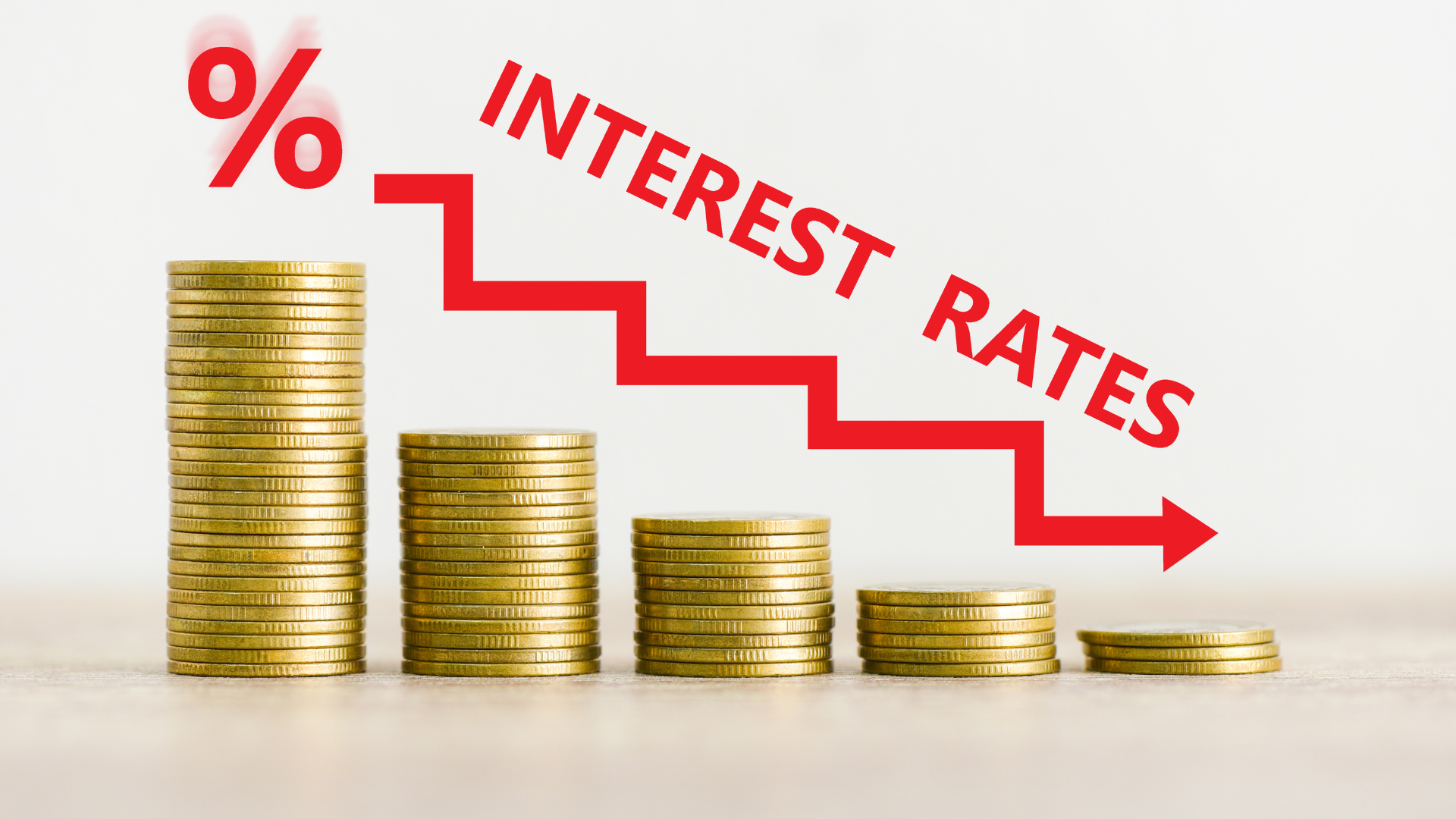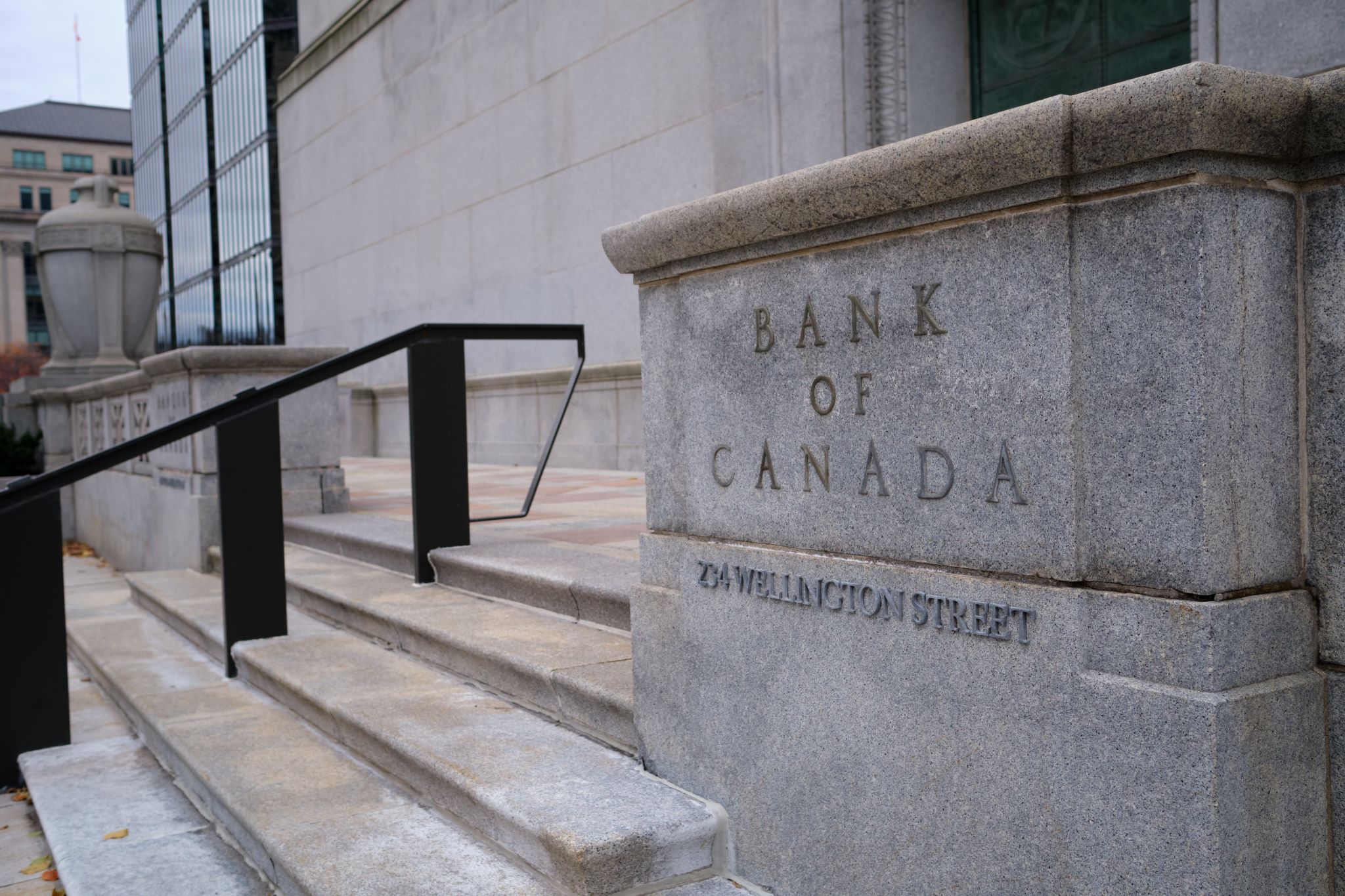On April 16, 2025, the Bank of Canada (BoC) announced its decision to maintain the overnight policy rate at 2.75%. This marks a pause after a series of rate cuts aimed at stimulating economic growth. This article explores what this decision means for Canadians, particularly homeowners and prospective buyers in Calgary.
Why the Bank of Canada Held the Rate
The Bank of Canada cited several key reasons: Uncertainty around U.S. trade policy is making it hard to predict economic outcomes. Canada’s economy ended 2024 stronger than expected, but growth is slowing due to global trade friction. What This Means for Everyday Canadians The BoC’s decision to hold rates influences everything from mortgage payments to savings account returns.
For Canadians—especially those in Calgary navigating homeownership or looking to enter the market—these developments carry a lot of change.
1. Mortgage Holders: Relief and Predictability For those with variable-rate mortgages, this rate pause means a bit of breathing room. Your monthly payments won’t increase for now, after years of rate volatility. While the BoC is pausing rather than cutting further, stability itself can be reassuring in uncertain times. If you’re locked into a fixed-rate mortgage, you’re already shielded from changes to the overnight rate until your term expires. However, for those up for renewal in the coming months, today’s relatively lower rates could mean an opportunity to renegotiate better terms.
2. Prospective Home Buyers: A Window of Opportunity With rates stabilizing and inflation cooling, some potential buyers are seeing this as a moment to re-enter the market. While it’s not a classic buyer’s market, especially in places like Calgary where demand remains robust, the rate hold provides more predictability. For first-time buyers, it could be a good time to get pre-approved for a mortgage, securing a rate before the BoC makes any further moves. This certainty can help you plan your home search more confidently. Outlook for Calgary’s Housing Market? Calgary continues to chart its own course in the national housing narrative. The city is experiencing high demand, limited supply, and steadily rising home prices. The Calgary Real Estate Board (CREB) reported a 7% year-over-year increase in the benchmark home price, with much of the growth driven by strong in-migration from other provinces and a shortfall in new housing construction. Key trends in Calgary’s housing market: Limited Inventory: Detached homes and entry-level condos remain in particularly short supply, which is helping support prices even as interest rates moderate. In-Migration Fueling Demand: Calgary continues to attract newcomers, particularly from Ontario and British Columbia. These migrants are often selling higher-priced properties in their home provinces and purchasing in Alberta, where affordability remains relatively better. Development Lag: Construction delays and regulatory bottlenecks are limiting the number of new builds hitting the market, particularly in desirable suburban and exurban communities like Airdrie, Cochrane, and Okotoks.
Will the Rate Hold Cool the Market?
Not entirely. This rate hold may have a neutral or stabilizing effect. Buyers who were hoping for further cuts may pause their search, waiting to see if borrowing becomes even cheaper. At the same time, sellers may find they need to be more competitive with pricing to entice cautious buyers. Ultimately, we’re likely to see continued moderate price growth, especially in high-demand segments, but without the runaway bidding wars seen in other cities during past low-rate cycles.
A Look Ahead: What Could Happen Next?
According to the Monetary Policy Report, here are a few potential scenarios for the rest of 2025: Scenario 1: Inflation Drops, More Rate Cuts If inflation continues to ease and remains near the BoC’s 2% target, we may see another rate cut by late summer. This could spur additional housing demand, especially in growth markets like Calgary. Scenario 2: Inflation Rises Again A resurgence in inflation—perhaps due to global energy shocks or supply chain disruptions—could force the BoC to increase rates. That would likely cool consumer spending and tighten borrowing conditions, leading to slower housing market activity. Scenario 3: Status Quo The BoC could simply maintain the current rate through most of the year, opting for caution as it assesses incoming data on GDP growth, unemployment, and inflation. This would reinforce a climate of slow, steady change. If You Have a Mortgage: Consider refinancing if you are locked in at a much higher rate. Review your budget for renewal scenarios. Maintain an emergency fund as the market remains uncertain. If You’re Investing in Real Estate: Look beyond resale—new developments may offer better long-term ROI. Watch secondary markets near Calgary, like Airdrie or Cochrane. Whether you’re looking to buy, sell, or refinance, lower rates could present great opportunities in the housing market. Get in touch with Keypoint Realty today to discuss how these changes could impact your real estate goals and how we can help you navigate this evolving market.






